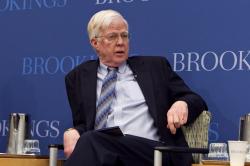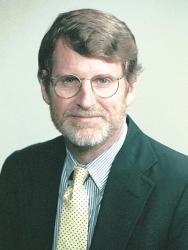Abstract
Pension reform can potentially increase saving and improve incentives for labor force participation later in life. We investigate whether these effects are likely to occur and the potential size of the effects on private and total saving and on employment past age 55. Our survey of existing evidence and new empirical analysis focus on three issues: The possible reduction in other government saving if more assets are accumulated in a public retirement program; the reduction in non-pension private saving if assets are accumulated in new private retirement accounts; and the increase in old-age labor supply that could occur if Social Security benefits are reduced.
We find mixed evidence that faster accumulation of assets in public or private retirement funds would produce higher public and private saving. Using the most optimistic estimates of the public saving response to faster accumulation in public retirement funds, we find advance funding will cause a big increase in aggregate saving and future national income. However, international evidence suggests governments are likely to offset a large percentage of public pension fund accumulation by reducing saving in other government accounts. The evidence on private saving suggests that savers tend to offset faster accumulation of assets in pension accounts with lower saving in non-pension accounts. Most empirical estimates of the labor supply response to Social Security reductions imply the response will be small. Even using unrealistically high estimates of responsiveness, we find that a one-third cut in benefits will add less than 3 percent to the future labor force.
Introduction
The Social Security system has been remarkably successful in lifting relative incomes and alleviating poverty among the nation’s elderly. But the population of the United States, like that of other industrialized countries, is growing older. Between 1950 and 2000 the percentage of Americans past age 65 increased by half, rising from 8.1 percent to 12.4 percent of the total population. People who are at least 65 years old will constitute more than one-fifth of the U.S. population by 2050. The increasing share of the aged in the population will place strains on the government budget because the elderly finance much of their consumption with transfers financed by taxpayers. The actuaries of the Social Security and Medicare programs make regular forecasts of the long-term spending needs of the two programs. Their mid-range forecasts published in 2001 suggest that combined outlays on the Social Security and Medicare programs will climb inexorably over the next 50 years, increasing from 5.5 percent of GDP in 2000 to 11.4 percent of GDP in 2050.
The Brookings Institution is committed to quality, independence, and impact.
We are supported by a diverse array of funders. In line with our values and policies, each Brookings publication represents the sole views of its author(s).




